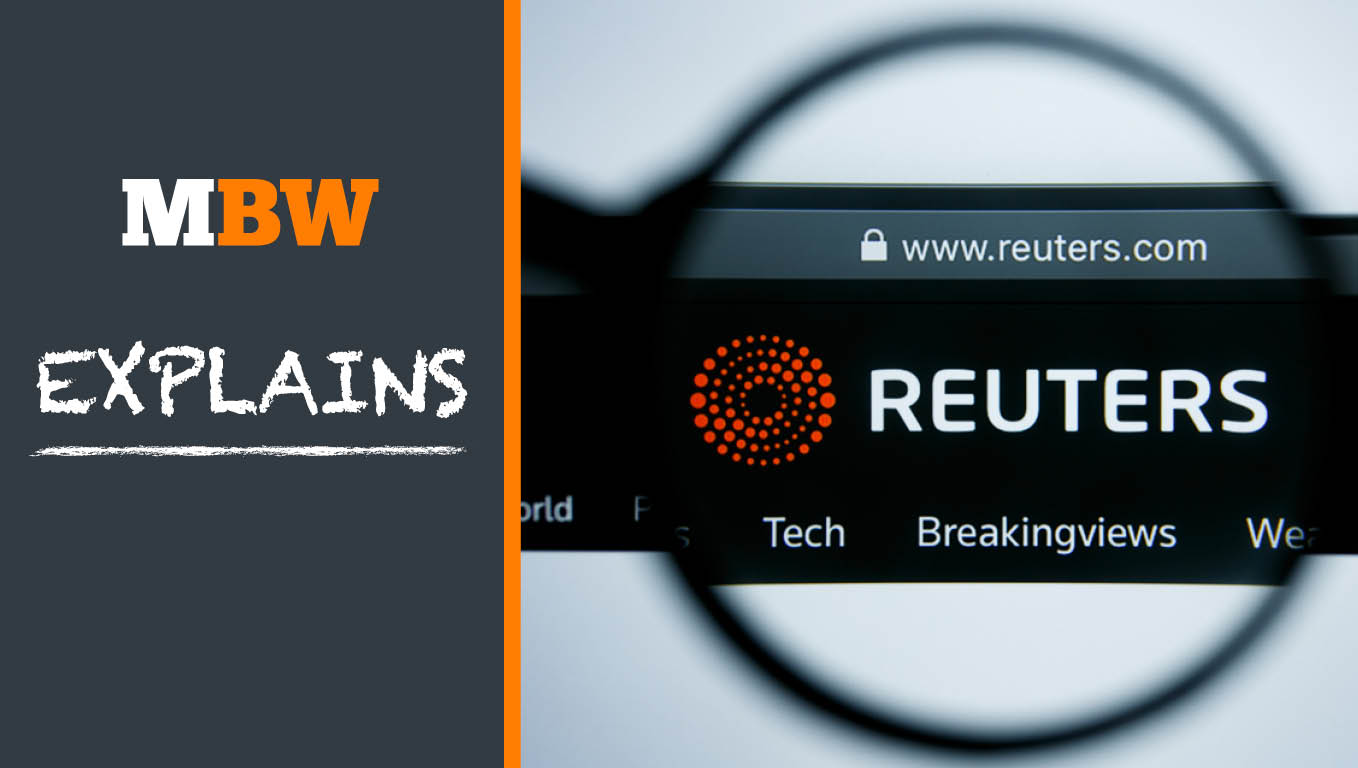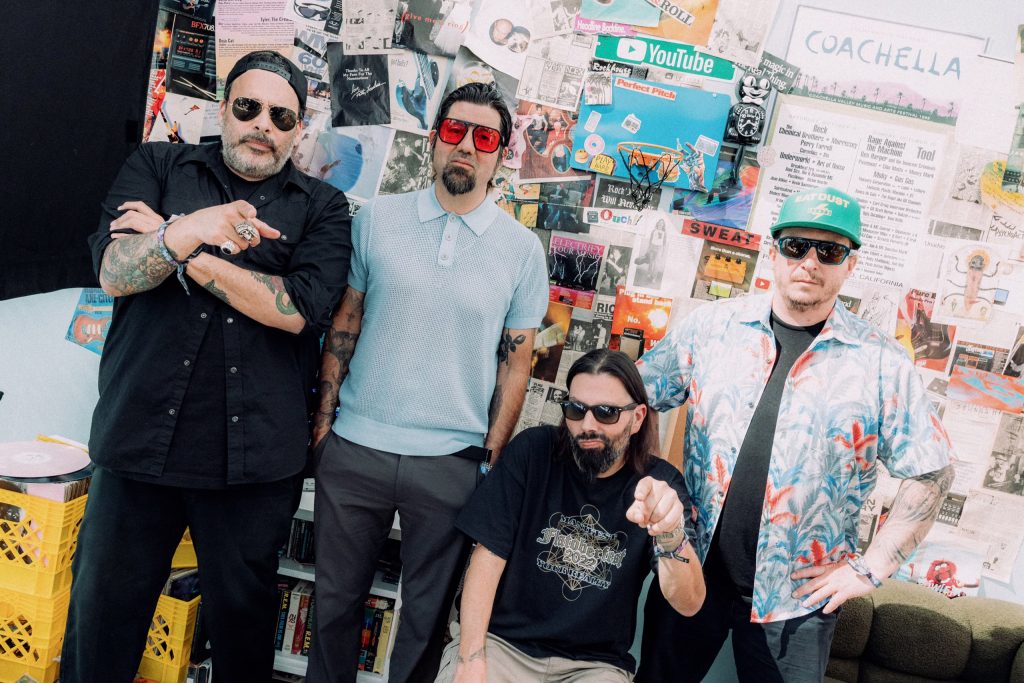What’s happened?
For the first time, a US court has ruled that the use of copyright-protected material without permission to train AI is considered “fair use” under copyright legislation, and this is generally positive news for copyright holders: the judge in this case ruled against the AI company.
However, a significant caveat exists: the judge specified that this ruling does not necessarily pertain to generative AI, which has led to lawsuits against developers of AI by music companies.
The case in question involved media conglomerate Thomson Reuters, which sued Ross Intelligence, a now-defunct service that provided users access to a database of litigation compiled using machine learning technology.
In 2020, Thomson Reuters argued against Ross Intelligence, claiming that Ross unlawfully utilized Thomson Reuters’ product known as Westlaw to develop its own legal database, constituting a copyright violation.
As AI companies seek to defend themselves against lawsuits from music entities, Ross Intelligence contended that its usage of Thomson Reuters’ copyrighted material should qualify for the “fair use” exemption.
In a ruling on Tuesday (February 11), Judge Stefanos Bibas from the U.S. District Court in Delaware rejected this defense. The judge overturned a previous decision from 2023, which had sent the question of copyright infringement and the fair use defense to a jury trial.
Judge Bibas stated that upon re-evaluating the matter, he retracted his earlier ruling regarding the “fair use” argument by Ross and delivered a conclusive verdict.
“A wise person knows when he is wrong,” the judge stated in his latest ruling. “Wisdom does not always find me, so I try to accept it when this happens – even if it comes late, as was the case here.”
The case will still proceed before a jury to address several unresolved issues, such as the validity of Thomson Reuters’ copyright and whether Ross copied the tracking system utilized by Westlaw. However, the fair use argument has been dismissed from court.
For copyright holders, this ruling appears to be a significant victory as the fair use defense was rejected in the context of scraping cases, such as those involving Anthropic, Suno, and Udio, which were implicated in lawsuits filed by music companies.
The claim that scraping copyright-protected content equates to “fair use” has become a common defense among AI developers facing legal challenges. Anthropic has been sued by Universal Music Publishing, Concord, and Abkco, alleging that the Claude AI was trained on copyrighted materials, burdening their content upon solicited prompts.
Suno and Udio, last year, faced music recording companies owned by Sony Music Entertainment, Universal Music Group, and Warner Music Group, arguing similarly that their AI tools, which enable users to generate complete music tracks within minutes using text prompts, were developed with fair use in mind. They even suggested that their AI might have inadvertently trained on copyrighted content, arguing there was no infringement.
In light of the Thomson Reuters ruling, it’s evident that the path to success for AI companies is becoming more complicated while becoming increasingly straightforward for copyright owners. However, when we delve deeper into the specifics of the judge’s ruling, the picture becomes less clear.
To comprehend this, we must first grasp how the concept of “fair use” operates under U.S. law.
How “fair use” works
The doctrine of fair use is designed to protect the freedom of expression and foster an environment conducive to education and innovation.
To this end, fair use often shields parody, commentary on copyrighted work, and certain applications of copyrighted content for educational and primarily non-profit research purposes.
When evaluating whether unauthorized use of copyrighted content can be permitted, U.S. courts consider four factors:
- Factor 1: The purpose and character of the use – is the use “transformative” in nature, meaning does it possess a “further purpose or character” divergent from the original work?
- Factor 2: The nature of the copyrighted work – more creative works, such as original music and artistic creations, enjoy more protection compared to less creative works like news articles or compilations of publicly available data.
- Factor 3: The amount and substantiality of the portion used – utilizing a small segment of a copyrighted work is less likely to be deemed infringing than the use of larger portions or the entirety of a work.
- Factor 4: The effect of the use on the market value of the original work – does the new work compete with the copyrighted work within the same market?
It is essential to note that in the Thomson Reuters case, Judge Bibas ruled in favor of Thomson Reuters based on the first and fourth factors, but against Thomson Reuters on the second and third factors. Nonetheless, legal precedents suggest that the first and fourth factors carry more weight, leading the judge to favor Thomson Reuters.
Good news for copyright holders
Regarding the first factor (the purpose and nature of the use), Judge Bibas ruled in favor of Thomson Reuters.
Ross Intelligence’s application of Thomson Reuters data was deemed “not transformative…” as it lacked a “further purpose or character” distinct from the original. The judge asserted that Ross utilized Thomson Reuters’ databases as AI training data to create a competing legal research tool against Westlaw.
“Ross’s usage is commercial,” the judge noted. “Ross recognizes the same value.”
Such reasoning benefits music companies as they can argue in court that training AI on copyrighted works is non-transformative because it results in the creation of identical products – namely, music.
In regards to the fourth factor (the market impact), Judge Bibas ruled again in favor of Thomson Reuters.
“Ross … was developed to compete with Westlaw, serving as a market replacement,” the judge concluded.
“There is nothing that Thomson Reuters created that Ross could not also create on its own … without infringing on Thomson Reuters’ copyright.”
Judge Stefanos Bibas, US District Court in the District of Delaware
This reasoning similarly supports music companies, allowing them to argue that AI-generated music produces a product that directly competes with their copyrighted material. Additionally, they may contend that AI developers could have established their generative engines without infringing copyright, for instance, by obtaining licenses for the music they utilize, as some AI companies do.
For the second factor (the nature of the copyrighted work), the judge ruled against Thomson Reuters in favor of Ross, but the rationale here is not particularly applicable to music cases.
Judge Bibas determined that Thomson Reuters’ Westlaw legal database lacked creativity, being merely a collection of publicly accessible court documents and related legal information. This would likely not apply to music, which is often considered highly creative.
Concerning the third factor (the amount of the taken work), the judge ruled once again in favor of Ross Intelligence over Thomson Reuters, asserting that Ross only used a small portion of the Westlaw database.
This finding may not be relevant in cases presented by music companies, as all musical works are protected by individual copyrights (with distinct copyright owners), suggesting music companies could claim that AI developers utilized all of these works.
Bad news for copyright owners
Therefore, if all four factors of “fair use” favor recording companies, why is there still bad news for copyright holders? Because in his decision, Judge Bibas emphasized that his ruling does not pertain to generative AI in general – a type of artificial intelligence that supports the claims of recording companies and other copyright holders.
“It is undeniably true that Ross is not generative AI (the kind of AI that creates new content itself). Rather, when a user inputs a legal issue, Ross retrieves relevant judicial opinions that have already been articulated,” the judge remarked.
“Given the rapidly evolving AI landscape, I caution readers that today it is simply not generative AI.”
However, companies like Anthropic, Suno, and Udio are utilizing generative AI. This suggests that courts may evaluate fair use differently in cases involving generative AI compared to the Thomson Reuters case.
The last thought …
If courts in copyright law cases follow the precedent established by Judge Bibas in the Thomson Reuters case, how can one determine whether generative AI reduces the market for and/or competes with original works?
Undoubtedly, music companies will assert that the use is non-transformative. Simply put, these companies argue that AI has purportedly utilized recorded music to generate recorded music. Nevertheless, AI music companies will likely counter that the compositions produced by their AI do not coincide with the music utilized during training and thus are transformative.
“I caution readers that today it is simply not generative AI.”
Judge Stefanos Bibas, US District Court in the District of Delaware
On the second matter – whether music created by AI diminishes the value of copyright-protected works and competes within the same market – it might appear to be a contentious issue from the perspective of copyright owners. They will undoubtedly argue that it does.
However, tools that facilitate AI-generated music, like Suno and Udio, empower individuals who may never have produced music, who would not secure record deals, and who have never performed live to create tracks. These companies monetize their services by selling subscriptions and not music. Thus, does this place these enterprises in the same market as traditional record labels?
The Thomson Reuters case has edged copyright owners closer to court recognition in this generative AI era. Yet, before either side can claim victory, several crucial questions still need to be addressed.





